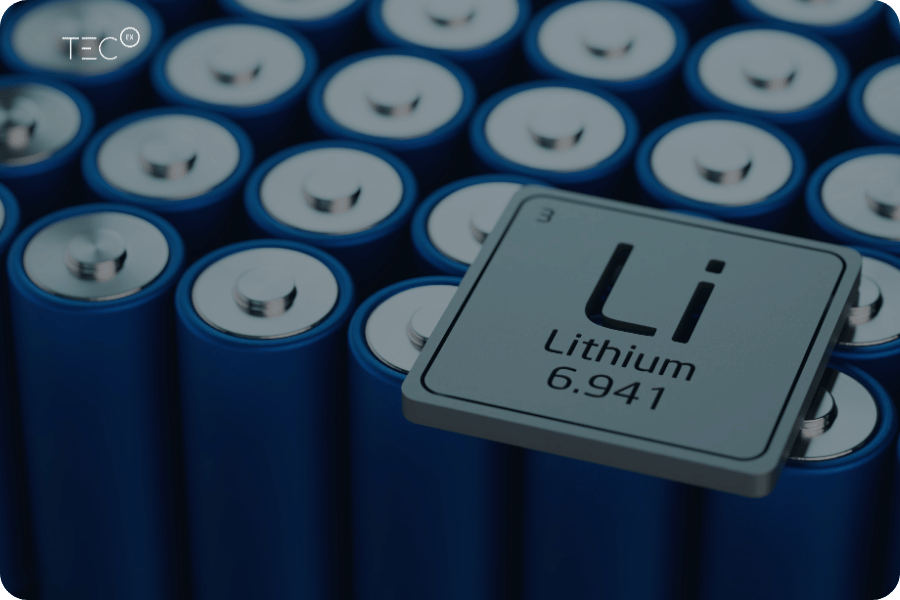There have been many contentious issues in the US elections, one of which has been tariffs. During pre-election speeches, Trump suggested global tariff increases of 10% on import taxes and a 60% increase on all imports from China. The opposition openly called this a ‘sales tax on the American people’.
So, what does this mean for clients in the US buying tech from across borders?
History of Tariffs
It is important to note that tariffs are not inherently a bad thing. Actually, most countries have a tariff system in place. Not only is it a method of increasing revenue for the government, but it also protects nascent companies and SMEs.
In essence, tariff structures protect local buying from local manufacturers over that of foreign imports.
A Look at the US and Tariffs
The United States, with its inward-looking industrial policies, has been looking to end the offshoring of industrial jobs for a while. Since Trump’s previous term, a number of tariffs have been put in place (on items like steel, aluminum, washing machines, and goods from China). Biden’s administration even increased some of these fees.
The two tariff increases suggested by Trump’s administration will have massive impacts on the import of tech goods heading to the US. However, Trump’s campaign stipulated the following benefits that increasing these importing taxes:
- Move manufacturing back to the USA (therefore more jobs)
- Protect US businesses from foreign competition
- A method to replace US income tax
- A response to countries that have higher tariff rates than the US and those who restrict US imports or investments
- Punish countries that move away from the US dollar as the asset of denomination for international transactions.
The Consumer Technology Association suggested that these goals will lead to some unintended and worrying consequences – such as other countries’ retaliatory responses and restrictions on US exports, the deterioration of the US’s global credibility, and even nefarious impacts from US adversaries.
The Global Tech Trade Scene
This approach may work in some instances for industries in the United States. However, looking at the technology manufacturing supply chain, many products are not (and, as of yet, cannot be) manufactured in the country.
But, let’s dive into some of the key concerns facing the tech industry.
What Will These Tariffs Do To The Price of Tech Goods?
There appears to be confusion on the matter of pricing, and some rhetoric from Trump’s camp suggests that other countries will be paying for these increased fees. Putting it bluntly, tariffs are paid for by the importer. And often, this fee is then passed down the chain to the consumer/end-user. With the current scenario, the higher post-tariff price (based on the 60% hike) will force many retailers to push this price onto the consumer.

The Consumer Technology Association estimates that the tariff on lithium-ion batteries would go up from 5.9% to 50.5%!
There is an alternative scenario wherein the appreciation of the US dollar (in response to the tariffs) may offset the prices for US consumers. However, for exporting this means reduced revenue as these exported goods would be more expensive and therefore more difficult to sell across borders.
However, the majority of economists agree that free trade increases economic output and income while barriers to trade, like tariffs, reduce this. The Tax Foundation highlights evidence that import tax increases raise prices and reduce the availability of goods and products for US businesses, which in turn impacts income and employment.
According to the Tax Foundation, these tariff changes may have a potential impact on Americans and the GDP by:
- Increased tax burden of $524 B per year on Americans,
- Decrease of 0.8% on the GDP annually.
This also does not take into account the impact of the retaliatory tariff responses of other countries.
Supply Chain Concerns
In an ideal world, the purpose of the tariff increases may seem like a good idea for the American economy. With less reliance on foreign entities and an increase in much-needed jobs to manufacture tech items in the country.
The most significant factor influencing the onshoring of tech manufacturing to the US is the world’s reliance on a single area—China. China holds 40% of the global share of exports, 23% of US tech consumption, and the majority of the global share for key sectors like computers, communications, and semiconductors.
Apple, an American company, is a prime example of a company that does the majority of manufacturing in mega-factories overseas, but it will now be forced to set up these jobs and manufacturing capabilities within US borders. Will this be a feasible option?
The idea behind the tariff would be to push US companies to bring manufacturing back home, but Apple’s links to China are massive with 20% of its revenue and a critical manufacturing plant based in the country.
Financial Implications
When looking at pricing, whether we agree with it or not, it is often cheaper for companies to outsource their labor. Many companies look to China, Mexico, and Vietnam to reduce labor costs. This policy will push major American OEMs to set up similar factories in-country. The outcome is the potential for these costs to again be passed on to the consumer in order to make this feasible.
Is America ready to produce high-tech gear?
Both Samsung and TSMC delayed opening US-based manufacturing plants for semiconductor chips due to workforce shortages. While investments like the CHIPS Act provide support for workforce development, it is essential to remember that training takes time and additional resources (i.e., experts to learn from).
Why Are People Concerned About Visas and Chip-Making?
The H1-B visa is a temporary, nonimmigrant visa that allows employers to hire foreign professionals in specialized occupations.
Another part of Trump’s proposed changes may be to make this visa harder to obtain leading to a lack of knowledge passed over in country.
A recent study suggested that an overlooked reform would be to expand skilled migration to the US to facilitate the successful opening of these high-tech manufacturing plants. This migration would be enabled by the H-1B visa. Many are concerned that the Trump administration may begin restricting access to this visa type.
Operationally speaking, the desire to quickly completely separate ties with China may still be in its infancy. However, the proposed 60% import tax hikes will undoubtedly make many products unattainable for American businesses.
Not all companies will be hit as hard. Most of Samsung’s manufacturing and labor are based in South Korea. But, and yes there will always be a but, even Samsung has third-party suppliers from China who are able to produce at the scale needed for the company to compete in the fast-paced tech world.
Proponents of the increases may push companies to make use of alternative sources in the interim. But again, this is where the impact of scalability becomes an issue. While Vietnam may have the manufacturing ability and labor, it will not be able to cope with the sheer demand for the products needed. Also, remember that these tariffs do not only target China.
Potential Retaliatory Impacts
Within the globalized technology trade industry, it’s imperative to assess the potential impact of other key manufacturing players. Seen as a potential weaponization of trade links and with a history of previous tariff increases, the European Union is already compiling pre-emptive actions against the US. This was also seen in the previous Trump term, with China triggering its own set of tariff increases on the US.
“The knee-jerk reaction from US shippers will be to frontload imports before Trump is able to impose his new tariffs. Back in 2018, the tariff on Chinese imports was 25%, now it is increasing up to 100% so the incentive to frontload is even greater.”
Peter Sand, Xeneta Chief Analyst
Where Does This Leave the Importer/Exporter
It may seem like doom and gloom, and unfortunately, only time will tell until Trump’s administration takes office. In the interim, we do suggest that US-based companies and global importers/exporters that deal with the US take note of their supply chain. Understanding the country of origin of goods, who declares these products to customs, and where compliance documents are housed will assist with any fast changes.
For instance, a sudden increase in shipping on an already impacted ocean supply chain (mostly due to the Red Sea crisis) may put pressure on freight pricing structures.
TecEx wants to make this easier for our clients. We have seen it all—from geopolitical issues impacting trade to natural and man-made disasters. Through our global desks, we continue to stay abreast of current affairs to lessen their impact on our clients.

